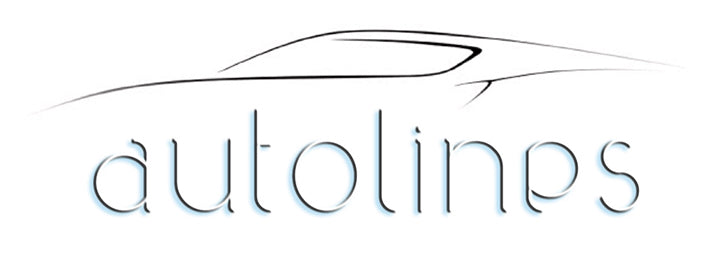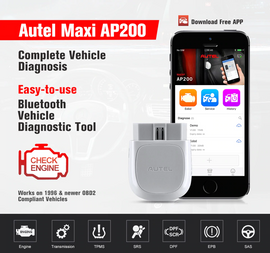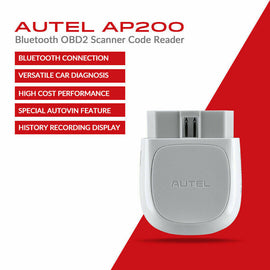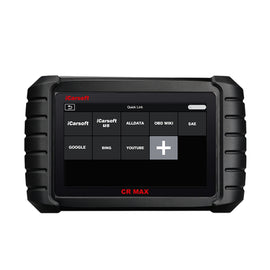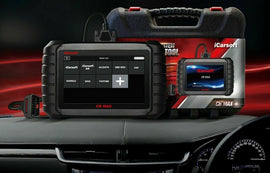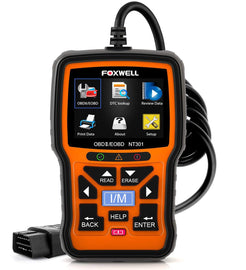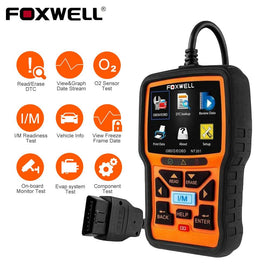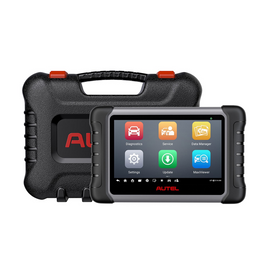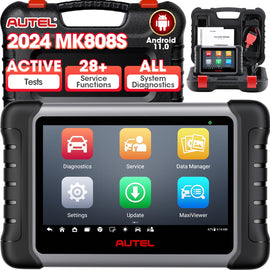When you want a diagnostic tool for your car, you must know if the tool is compatible with your car or not. Now, diagnostic tools compatibility means understanding the subtle differences between different models and types of cars. The compatibility of the tools with American, European, and Japanese standards isn’t just a phrase; it is necessary.
Proper understanding helps you in getting the best vehicle diagnostic tool for any car.
What else do you need to know about tool compatibility? Let’s find out.
The Global Landscape of OBD‑II / EOBD / JOBD
All light passenger vehicles in the US were required to adopt the foundational standard, OBD-II, starting with the 1996 model year. In Europe, EOBD was required for gasoline-powered vehicles in 2001 and diesel-powered vehicles by 2003.
In the meantime, Japan launched JOBD in the early 2000s, which is essentially a regional version of OBD-II, and it was fully compliant by 2008. By 2006, OBD-II mandates were implemented in Australia and New Zealand.
Therefore, the majority of cars made in the United States (1996+), Europe (2001/03+), Japan (2003/08+), and Australia (2006+) are designed to use the same standardized 16-pin connector and support SAE or ISO OBD protocols (ISO 15765 CAN, ISO 9141‑2, KWP, SAE J1850 PWM/VPW). Although there are significant limitations, diagnostic tools compatibility is generally high due to this extensive standardization.
Generic vs. Manufacturer‑Specific Diagnostics
Usually, a basic car diagnostic tool unit or a generic OBD2 scanner for car owners can read and clear generic diagnostic trouble codes (DTCs) and view real-time data.
All compliant cars, whether they are American, European, Japanese, or Australian, benefit from these universal features.
However, specific automotive diagnostic tools that can follow manufacturer protocols are required for manufacturer-specific systems, such as airbags, ABS, transmission modules, or sophisticated bi-directional testing. For instance, VCDS is made especially for Volkswagen, Audi, and Koda vehicles. It uses proprietary commands instead of the standard OBD-II/EOBD to access deeper system-level features.
Japanese Vehicles and JOBD: A Special Case
Before about 2008, JOBD, which is very similar to OBD-II but may need both a generic OBD mode and a JDM-specific mode in the scan tool, was used in a lot of Japanese Domestic Market (JDM) cars.
Further diagnostics on Japanese models where generic OBD scanners fall short are made possible by certain tools, such as the ANCEL JP700, which specifically support OBD-II menus and a 'Select Brand' menu for Toyota, Nissan, Mazda, and other brands.
Regional Compatibility Overlap
Fortunately, the majority of contemporary cars, regardless of where they are made, are generally compatible with standard diagnostics thanks to the widespread adoption of OBD-II/EOBD standards.
American, European, and Japanese automobiles manufactured after their respective regulatory dates can have their codes and real-time data read by devices such as the Ancel Classic Enhanced Universal OBD-II Scanner or the Innova 5610.
The Ancel Classic, for instance, is listed as compatible with cars in the US (1996+), the EU (2000/2001+), and Asia (2002+). In the meantime, Innova's scanners are frequently updated for newer models and support US and Canadian vehicles manufactured from 1996 to 2022.
Choosing the Best Car Diagnostic Scan Tool for Mixed Fleet
Tools that specifically support OBD-II, EOBD, and JOBD should be sought by auto owners or technicians who work in different locations. Multi-system scanners, such as the ANCEL X7 or PRO-level Launch/Autel tools, are frequently advertised as being compatible with Japanese, European, and American brands.
Beyond basic powertrain codes, these enable the reading of system-specific modules.
Similarly, devices with JOBD support for older Japanese models should be included in the selection of OBD2 scanners for American and Japanese automobiles. While other global tools frequently offer wide coverage, the ANCEL JP700 is a glaring example.
Compatibility with Australian Vehicles
Similar to their European counterparts, Australian automobiles adopted OBD-II standards for both gasoline and diesel vehicles between 2005 and 2006. As a result, a diagnostic scan tool for Australian cars needs to support the same OBD-II interface.
The majority of contemporary universal tools automatically cover Australia, but in order to access more advanced features, region-specific firmware updates might be necessary.
Vehicle Diagnostic Tool Compatibility Matrix: Summary
|
Vehicle Origin |
Year Compliance Starts |
Generic OBD‑II Works |
Manufacturer‑Specific Features |
|
U.S. / Canada |
Model year 1996 |
✅ Yes |
Varies by tool |
|
European (petrol) |
2001 (diesel 2003) |
✅ Yes |
May require an EOBD‑aware tool |
|
Japanese (JOBD) |
~2003–2008 |
✅ Basic yes |
Needs JOBD‑support tool |
|
Australian / NZ |
2006 |
✅ Yes |
Some tools require updates |
How to Determine If Your Car is OBD2 Compliant
Figuring out its compliance isn't as difficult as you might imagine.
Look at the model year first. In the United States, cars manufactured after 1996 are probably OBD2 compliant, but in Europe, OBD2 standards must be met by 2001 for gasoline engines and by 2004 for diesel engines.
But here's a quick tip to help you figure out the year your car was made if you're not sure: Seek out a port that looks like a 16-pin connector under the dashboard close to the steering wheel.
This should show you if your car complies with OBD2.
Conclusion
Understanding diagnostic compatibility is key when choosing the right OBD2 scanner for American and Japanese cars. Whether it's for routine checks or advanced fault detection, tools that support OBD-II, EOBD, and JOBD are essential.
Auto Lines Australia offers scanners that cover a wide range of vehicle brands and models, making them suitable for both personal use and professional workshops. Their devices are known for reliability, accuracy, and ease of use.
With the right tool, maintaining your vehicle becomes simpler and more cost-effective, regardless of its age or origin.
